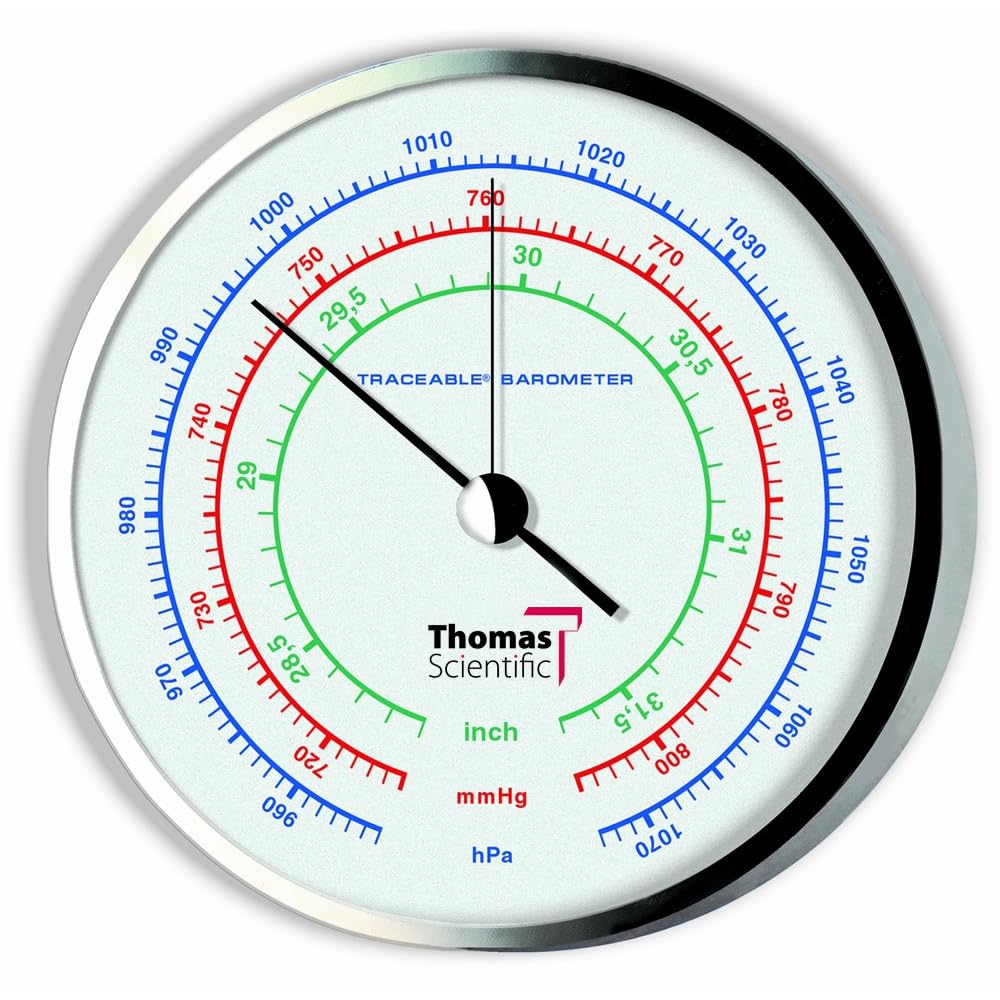1030.4 hPa
772.8 mmHg
30.43 inHg
1030.5 hPa
772.9 mmHg
30.43 inHg
1030.6 hPa
773.0 mmHg
30.43 inHg
1030.7 hPa
773.0 mmHg
30.44 inHg
1030.8 hPa
773.1 mmHg
30.44 inHg
1030.9 hPa
773.2 mmHg
30.44 inHg
1031.0 hPa
773.3 mmHg
30.45 inHg
I am trying to figure out what the exact math is that the Fine Offset displays use to convert hPa to inHg and mmHg.
The closest values I have come up with based on the above data are these:
inHg = hPa * 0.02953
mmHg = hPa * 0.75
I have seen websites stating the inHg value for 1 hPa is:
- 1) 0.02952998016471232
http://www.conversion-website.com/press ... rcury.html
2) 0.0295299830714
http://www.convertunits.com/from/hpa/to/inhg
3) 0.0295299833
http://www.sensorsone.co.uk/pressure-un ... rsion.html
4) 0.029530059
http://www.unitconversion.org/unit_conv ... re-ex.html
- 1) 0.75006
http://www.csgnetwork.com/meteorologyconvtbl.html
2) 0.750061561303
http://www.convertunits.com/from/hpa/to/mmhg
3) 0.75006157585
http://en.wikipedia.org/wiki/Talk:Torr
4) 0.750061576
http://www.sensorsone.co.uk/pressure-un ... rsion.html
5) 0.7500615781804147
http://www.conversion-website.com/press ... rcury.html
6) 0.7500616827042
http://www.unit-conversion.info/pressure.html
7) 0.750062
http://www.sensorsone.co.uk/pressure-me ... -unit.html
8) 0.750063755
http://www.unitconversion.org/unit_conv ... re-ex.html
9) 0.75006375541921
http://www.unitjuggler.com/convert-pres ... -mmHg.html
1 mmHg = 1.00000015001 Torr
1 Torr = 0.9999998499900226 mmHg
http://www.convertunits.com/from/mm+Hg/to/torr
Along with trying to figure out the EXACT values the Fine Offset displays use, what are the EXACT values of inHg and mmHg which equal 1 hPa that are the accepted scientific values?
